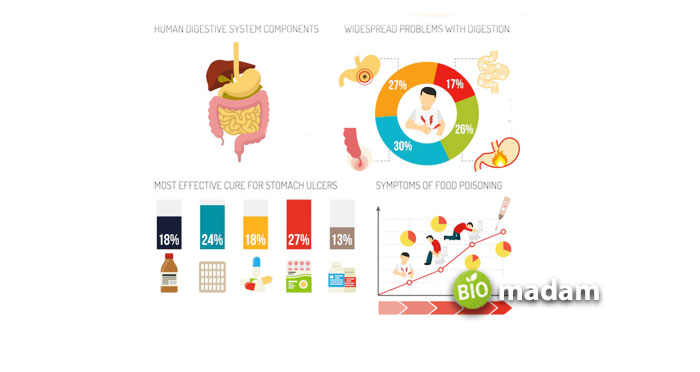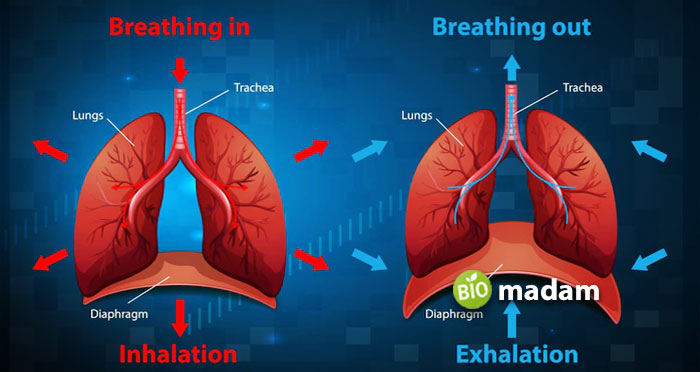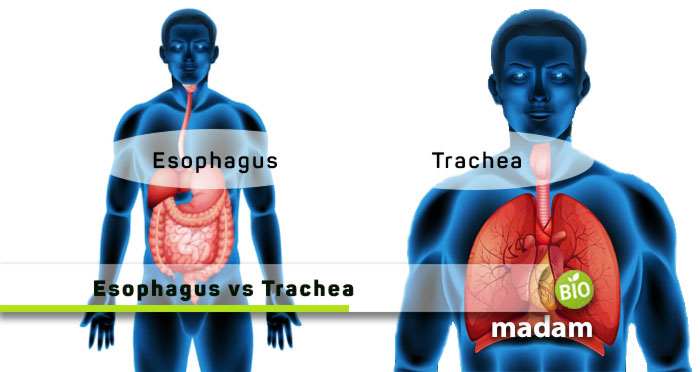Recently updated on February 15th, 2023 at 08:01 am
The esophagus and trachea are two critical tubular structures in the human body that play a vital role in body functions. They are located quite close to each other yet work entirely differently. The trachea is a part of the respiratory system, whereas the esophagus is a digestive system component. There are significant differences between the esophagus and trachea besides their basic shape and importance in the body.
Let’s talk you through the dissimilarities between the two.
Comparison Table
| Factor | Esophagus | Trachea |
| Other Names | Food pipe | Windpipe |
| Location | Mediastinum | Next to esophagus |
| Size | 25 cm | 10–11 cm |
| Function | Transport of food | Transport of air |
| Connection | Mouth to stomach | Nose/mouth to lungs |
| Opening | Epiglottis | Upper & lower sphincter |
| Diseases | GERD, esophageal cancer | Tracheitis, tracheomalacia |
What is Esophagus?
The esophagus is commonly known as the food pipe and transports food from the oral cavity to the stomach. It resides next to the trachea and is around 10 to 13 inches long. The esophageal muscles help the movement of food down the pipe through a characteristic movement called peristalsis.
Structure of Esophagus
The esophagus is made of smooth muscles that connect the mouth to the stomach. It is lined by mucosal tissues that appear moist and pink in color. The esophagus is present behind the windpipe and just in front of the spinal cord. There are two sphincters at the top and lower end of the esophagus that help prevent the backflow of food and other stomach contents.
The upper esophageal sphincter (UES) is present as a bunch of muscles on the upper side of the esophagus. It enables you to keep control when breathing, eating, or vomiting. Vomiting usually occurs due to reversed peristaltic movements, yet it is somehow under voluntary control like breathing and eating.
Alternatively, the lower esophageal sphincter (LES) is found on the lower end where the esophagus meets the stomach. This sphincter prevents acid and food content reflux from the stomach to the esophagus. The muscles of LES are involuntary and cannot be controlled.
Function of Esophagus
The esophageal muscles, along with the upper esophageal sphincter and lower esophageal sphincter, make sure that the food passes down the food properly. The peristaltic movements help food move from the mouth to the stomach, whereas the sphincters help avoid accidents like reflux and entrance of food into the windpipe.

What is Trachea?
The trachea is the breathing pipe that transports the air you breathe to both sides of the lungs. When you inhale, the air through your nose or mouth travels across the trachea and reaches the lungs. Like the inhaled air, the exhaled air also passes out of the mouth of the nose through the tracheal passage.
Structure of Trachea
The trachea is around 11.8 cm in length extending from the nasal to the lungs. Typically males have a longer trachea than females.
The trachea is a thin, hollow tube from the larynx to the bronchi. It is mainly made of soft connective tissues with cartilage for extra support. It has two parts: the thoracic trachea and the cervical trachea. The cervical trachea is the part of the trachea through the neck, whereas the thoracic trachea is present in the chest.
The inner side of the trachea has a mucous membrane similar to the nasal cavity. Mucous is secreted by goblet cells present in the membrane. It helps prevent the entrance of debris and microorganisms, like bacteria or viruses, into the lungs. The trachea also has hair-like structures known as cilia that help push contaminated mucus and pathogens out of the trachea through spitting mostly.
Function of Trachea
- The most basic function of the trachea is to transport air to and from the nose or mouth, and the lungs.
- Besides oxygen transport, it also helps defend against pathogens, containing specific antigens, by removing them through mucus.
- The trachea regulates the temperature of inhaled and exhaled air.
- It has an inbuilt regulating mechanism that warms the inhaled air on cold days and cools it on warm days before transferring it to the lungs.

Similarities Between Esophagus and Trachea
- The trachea and esophagus are both muscular narrow pipes.
- They are involved in the transport of materials (air and food).
- The esophagus and trachea are present in the neck and thoracic region.
- Both of them have a mucous membrane that helps remove pathogens and facilitates the smooth movement of material.
Differences between Esophagus and Trachea
Definition
Esophagus
The esophagus is a narrow muscular pipe involved in transporting food material.
Trachea
The trachea is next to the esophagus and transports air to the bronchi.
Other Name
Esophagus
The esophagus is also known as the food pipe.
Trachea
The trachea is also called a windpipe.
Location
Esophagus
The esophagus is in the center of the chest, known as the mediastinum. It is present in front of the spine and behind the windpipe.
Trachea
The trachea is located below the larynx in the neck next to the esophagus.
Size
Esophagus
The length of the esophagus is typically 25 cm.
Trachea
The trachea is 10 to 11 cm long and is usually larger in men than women.
Function
Esophagus
The function of the esophagus is to ensure the transport of food from the mouth to the stomach through peristaltic movements.
Trachea
The trachea is involved in transporting inhaled air from the nose or mouth to the lungs and vice versa.
Openings
Esophagus
The esophagus has upper and lowers sphincter muscles that prevent the backflow of food.
Trachea
The upper opening of the trachea is covered by a cartilaginous flap called the epiglottis that prevents water and food from entering the trachea.
Infections & Diseases
Esophagus
Some esophageal infections and diseases include esophagitis, peptic ulcers, GERD (Gastroesophageal reflux disease), and esophageal cancer.
Trachea
A few of the tracheal problems are tracheomalacia, tracheal stenosis, and tracheitis.
What happens when food enters the windpipe?
Though the epiglottis prevents the entry of food into the windpipe, sometimes accidents happen, and food particles or water land on the trachea. In such a situation, your body coughs as an immediate reaction. Coughing allows the removal of food particles from the windpipe. If a larger piece of food is stuck in the windpipe, it may cause trouble breathing. Learn more about the types of breathing exercises here.
The Bottom Line
The trachea and esophagus are both narrow muscular tubes involved in transporting materials in and out of the body. The inhaled air is transferred to the lungs through the trachea, whereas food transport to the stomach takes place through the esophagus. The trachea is shorter than the esophagus and is usually longer in males than in females. Sometimes food enters the trachea instead of the esophagus, causing you to cough to get rid of food particles.
Read more:
- https://www.biomadam.com/how-to-clean-smokers-lungs
- https://www.biomadam.com/anatomy-vs-physiology

Anna has completed her degree in Pharmacy from the University of Hawaii. She is serving as a research assistant in a pharmaceutical company. She had a great interest in writing blogs, traveling to different parts of the US, and trying delicious recipes in her spare time.

